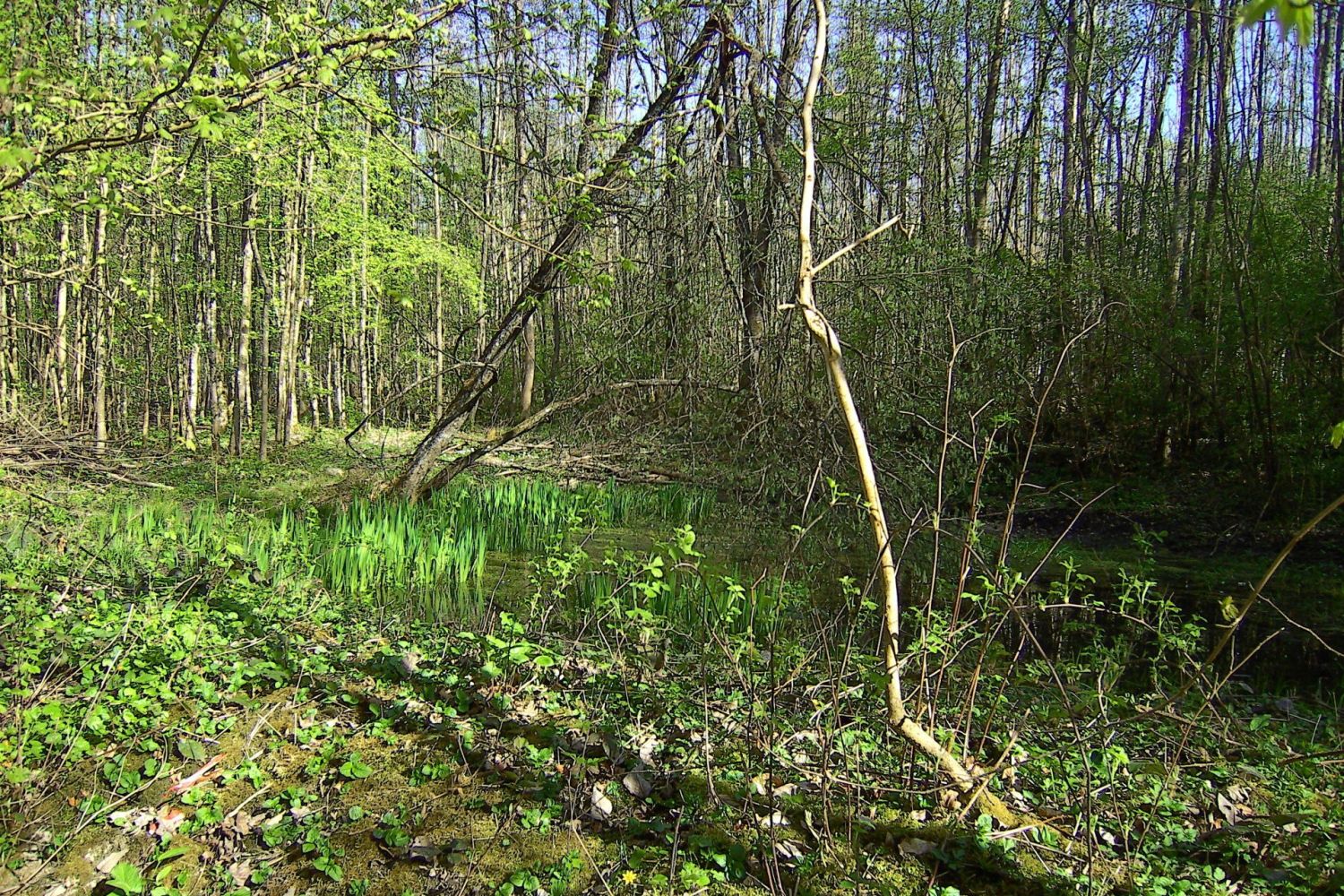All life is based on healthy microflora
This was already recognized by our forefathers. Here in Germany, gardening and agriculture pioneers such as Raoul H. Francé, Rudolf Steiner, Ehrenfried Pfeiffer, Hans Peter Rusch, Erhard Hennig and many others practiced, researched and published tirelessly on this subject. But also in the Far East, in Japan, Korea and China, people engaged in composting organic waste and cultivated fermentation, including food thousands of years ago.
Microorganisms, primarily bacteria and fungi, are needed for this purpose. Überall auf unserem Planeten finden fortwährend mikrobielle Prozesse statt. In this way, organic substances, mostly residues, are broken down and converted back into useful substances. In the anaerobic maturation process, certain microorganisms break down complex organic molecules into simple organic and inorganic substances. These can be absorbed directly by the plant. By microorganisms that can act effectively in a complex (also called effective microorganisms), we mean bacteria, fungi such as beneficial yeasts, always in a coordinated variety of microorganism species (strains) that also support the entire soil life, which Raoul H. Francé called “Edaphon".
We have known the term and the application of Effective Microorganisms (EM) in Germany and Europe for over 20 years now. Since then, some very good preparations have been created by the actually very few genuine worldwide producers, which can be used as so-called stock solutions in combination with sugar cane molasses as microbial food for their own activation and one-time propagation. Nevertheless, the composition of stock solutions is very complex and thus there are very large differences in the quality of the composition, which can affect not only the duration of effect of a finished preparation. Translated with www.DeepL.com/Translator (free version) Multiplication at home for your own garden can be done very well via microbreeders.
Microbreeder
However, this requires a little equipment, such as first of all an airtight, acid-resistant container, a suitable heat source, such as an aquarium heating rod, a so-called fermentation spunt for degassing the container and a pH measuring strip to determine the pH value. Also need clean drinking water and electricity for the heater. If you don’t feel like it or lack the time, you can also buy a so-called ready-to-use preparation, for example in a set, from the few really good stores. It should also be noted that there are sometimes serious quality differences in the stock solutions available in stores, because the so-called Effective Microorganisms (EM) are not equal to “EM" and the free riders are unfortunately very active here.
What microorganisms do in plants and in the soil
- They improve the soil condition by stimulating the development of the root system,
- suppress soil-borne diseases as well as “pests",
- increase the fertilizing efficiency of organic substances (OS),
- find a direct use by all plants as “plant food",
- are transporters of living matter (Rusch),
- improve germination, flowering, fruiting and ripening of plants,
- increase their ability to photosynthesize,
- provide better germination and strengthening of the plant,
- increase the shelf life of the harvested products and
incorporate carbon into the soils; in this way, they also contribute to climate improvement.
In this process, microorganism concentrates mixed with water are incorporated into the soil or sprayed au plants. For those interested, but also for newcomers, our article, Application: Plant Care with Microorganisms, offers a guide.
One more note: Occasionally you hear here and there about gardening enthusiasts who take bacteria from nature and try wild or spontaneous fermentations with them. In individual cases, this can work and produce good results. However, if you want to have a continuous, easily controllable success, it is recommended to resort to live bacterial and yeast strains from the naturally non-genetically modified cultures of a well-known manufacturer with many years of experience. Here, it is important to ensure that the producer actually works with live cultures and not with previously frozen cultures.
Literature
Francé, Raoul H.: Das Leben im Boden/Das Edaphon. OLV Verlag, Kevelaer,
Hennig, Erhard: Geheimnisse der fruchtbaren Böden. OLV Verlag, Kevelaer,
Higa, Teruo: Effektive Mikroorganismen. OLV Verlag, Kevelaer,
Hiriam: 4000 Jahre Landbau in China, Korea und Japan. OLV Verlag, Kevelaer,
Lorch, Anne: EM – Eine Chance für die Erde. Pommeresche,
Herwig, Humussphäre – Humus, ein Stoff oder ein System? OLV Verlag, Kevelaer,
Rusch, Hans-Peter: Bodenfruchtbarkeit. OLV Verlag, Kevelaer
Zschocke, Anne-Katharina: EM


